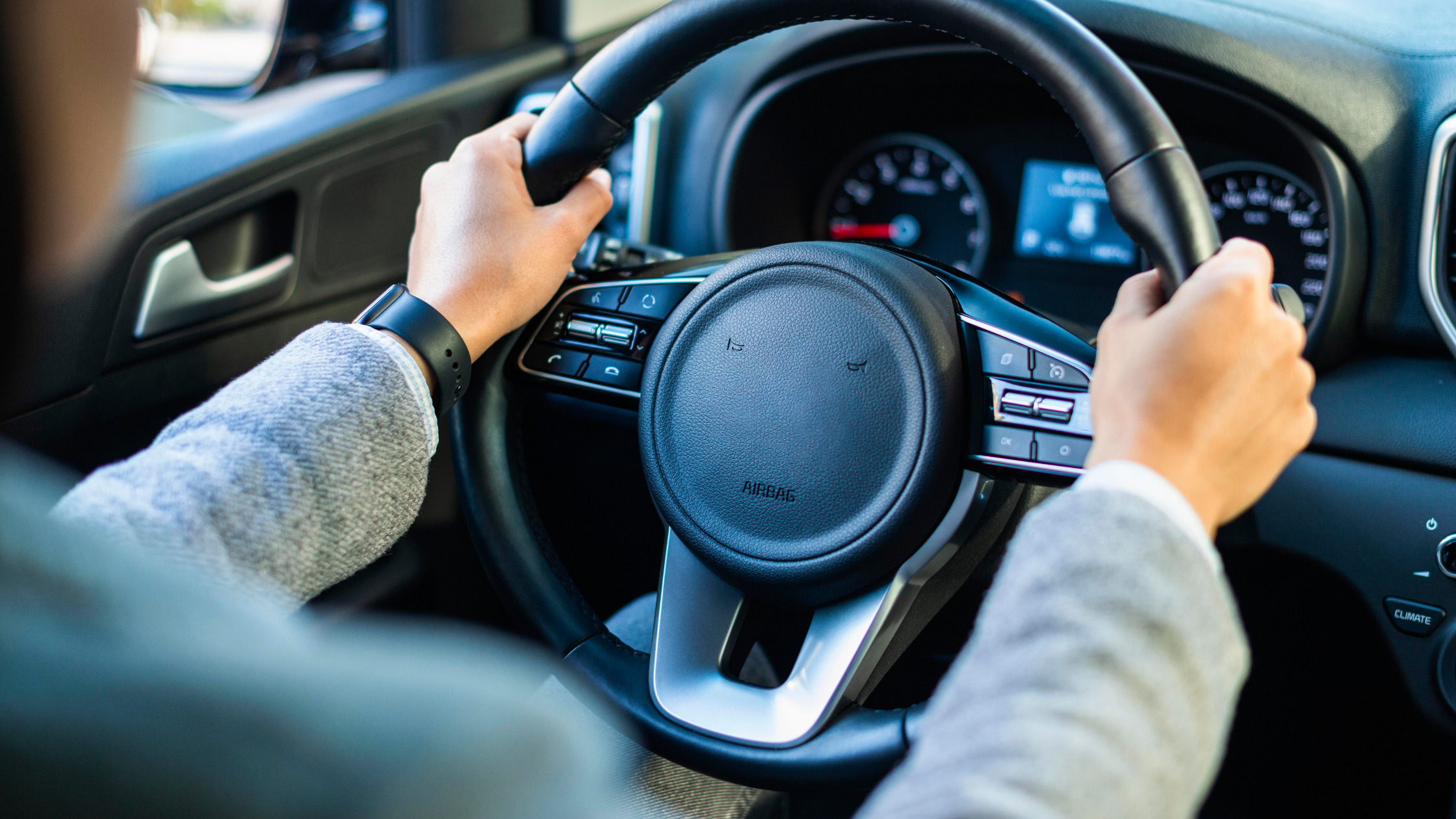Introduction
The DMV behind-the-wheel training is an essential step in the journey towards obtaining a driver’s license. It’s a practical examination that assesses an individual’s ability to handle a vehicle in real-world situations while adhering to traffic rules and safety protocols. This training is designed to ensure that drivers are not only competent but also responsible when navigating the roads. Here’s a comprehensive guide to understanding, preparing for, and excelling in the dmv behind the wheel training.
Understanding the requirements and expectations of the DMV behind-the-wheel training is crucial. The training typically covers a range of driving skills, from basic maneuvers to handling complex traffic scenarios. Candidates should familiarize themselves with the specific criteria outlined by their local DMV, which often includes parallel parking, lane changes, intersection navigation, and adherence to traffic signs and signals.
Preparation for the training begins with a thorough understanding of local traffic laws and regulations. Studying the driver’s handbook provided by the DMV is fundamental. This resource outlines essential information regarding road signs, right-of-way rules, speed limits, and other driving protocols. Additionally, candidates should acquaint themselves with the rules specific to the test area, as variations might exist across different regions.
Practice remains the cornerstone of success in behind-the-wheel training. Candidates should clock in ample hours behind the wheel, honing their driving skills in various environments. Practicing in residential areas, highways, and busy intersections helps individuals adapt to different traffic conditions, enhancing their confidence and competence as drivers.
Mastering fundamental driving maneuvers is imperative. Candidates should aim to excel in tasks such as parking, reversing, making turns, and changing lanes. Practicing these maneuvers repeatedly under different conditions improves precision and ensures readiness for the practical aspect of the training.
Familiarization with the vehicle being used for the training is crucial. Understanding the controls, blind spots, and functionalities of the vehicle enables candidates to operate it confidently during the examination. Practicing using mirrors effectively, adjusting seats and mirrors for optimal visibility, and familiarizing oneself with the braking system are essential aspects of this preparation.
On the day of the training, arriving early allows candidates to settle nerves and familiarize themselves with the testing environment. Ensuring that the vehicle is in proper working condition with valid registration and insurance is essential for a smooth start to the examination.
During the training, maintaining focus, composure, and attentiveness is key. Following the examiner’s instructions while demonstrating safe and responsible driving practices is fundamental. Observing speed limits, using signals correctly, checking blind spots before maneuvers, and obeying traffic signs and signals showcase good driving habits.
Confidence combined with caution is the ideal approach. Being assertive on the road while remaining aware of the surroundings portrays a balanced and competent driving demeanor. Continuously scanning the environment for potential hazards and reacting promptly to changing situations demonstrate adaptability and quick decision-making skills.
Moreover, displaying courtesy towards other drivers and pedestrians is crucial. Yielding when required, using proper hand signals, and acknowledging right-of-way contribute to fostering a respectful and responsible driving attitude.
Managing test anxiety is natural. Employing relaxation techniques such as controlled breathing, positive self-talk, and staying focused on the task at hand can help alleviate nervousness and enhance performance during the training.
After completing the training, reflecting on the experience is essential for continual improvement. Identifying areas for enhancement, acknowledging strengths, and learning from any mistakes made during the evaluation contribute to becoming a better and safer driver.
Post-training reflection serves as a crucial step towards ongoing improvement. It involves identifying areas that require further enhancement, acknowledging strengths, and assimilating lessons from the training experience. This introspective process enables drivers to refine their skills, enhance their understanding of road safety, and continually evolve as responsible drivers. Embracing a mindset of continual improvement not only aids in passing the test but also ensures a commitment to safe and conscientious driving habits for the long term.
In conclusion,
The DMV behind-the-wheel training is a pivotal step towards obtaining a driver’s license. Preparation, practice, a composed demeanor, and a comprehensive understanding of driving skills and regulations are crucial for success. By embracing these strategies and approaches, individuals can confidently navigate through the training, demonstrating their ability to drive safely and responsibly on the roads.
